Optimal Timing for Waterproofing Projects
Waterproofing is a critical process to prevent water intrusion and protect structures from moisture damage. The timing of waterproofing projects significantly impacts their effectiveness and longevity. Proper planning ensures materials adhere correctly and environmental conditions are optimal.
Spring offers moderate temperatures and increased moisture levels, making it suitable for waterproofing applications before heavy rains.
Summer provides warm, dry conditions ideal for curing waterproofing materials, especially in regions with high humidity.
Fall allows for preparation before winter, with cooler temperatures that help in the application and curing process.
Winter waterproofing is generally avoided due to low temperatures and potential freeze-thaw cycles that can compromise materials.
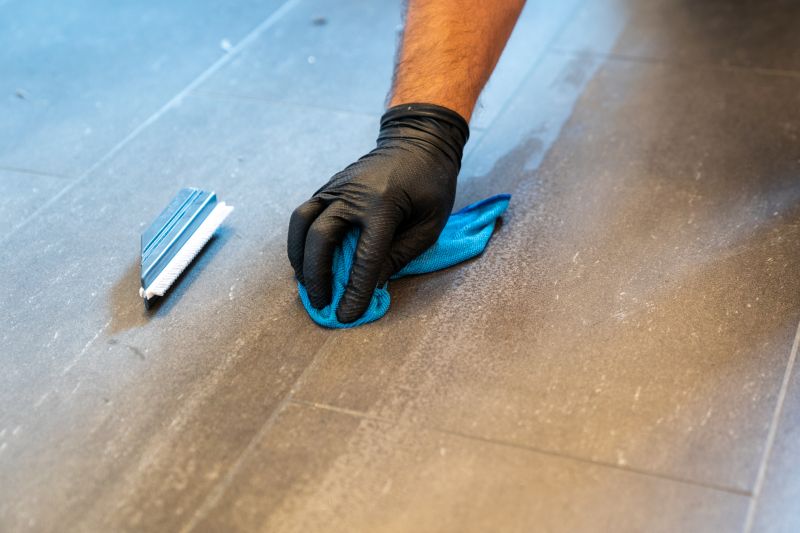
Ways to make Waterproofings work in tight or awkward layouts.
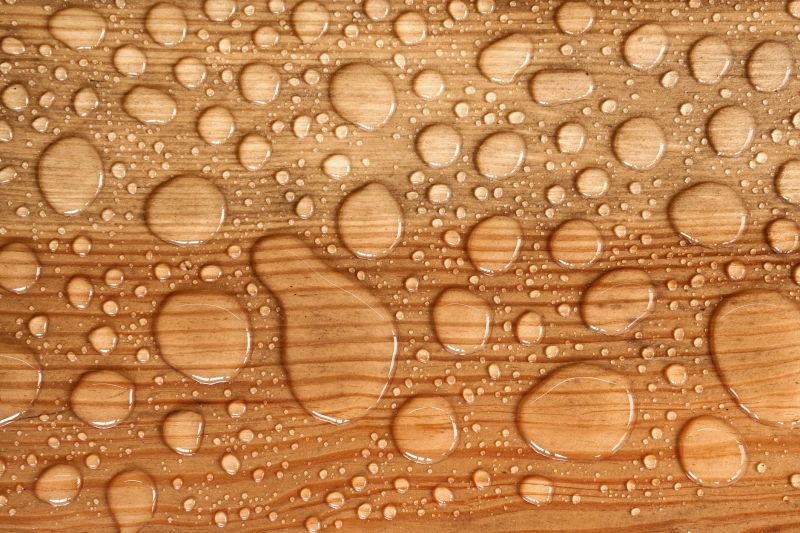
Popular materials for Waterproofings and why they hold up over time.

Simple add-ons that improve Waterproofings without blowing the budget.
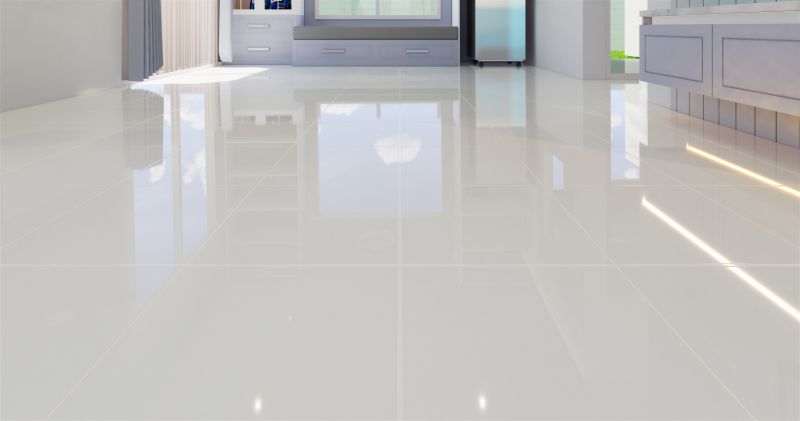
High-end options that actually feel worth it for Waterproofings.
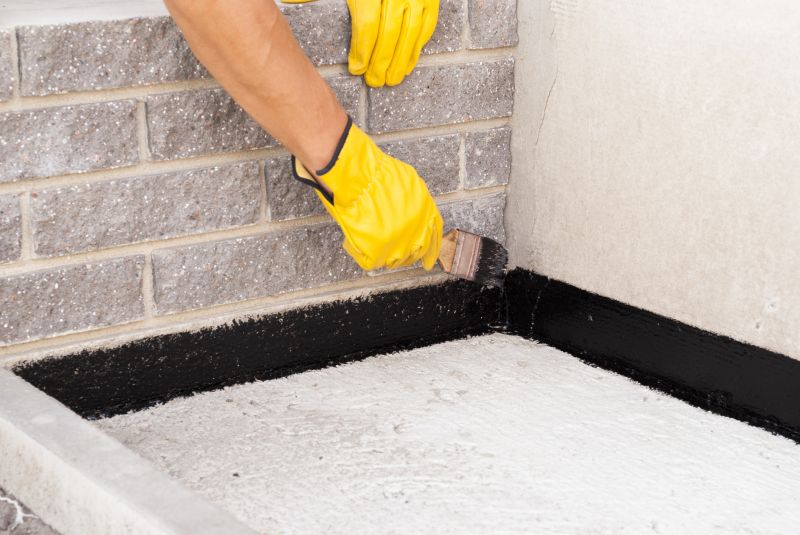
Finishes and colors that play nicely with Waterproofings.

Little measurements that prevent headaches on Waterproofings day.
| Season | Ideal Conditions |
|---|---|
| Spring | Moderate temperatures, increased moisture |
| Summer | Warm, dry weather, high humidity |
| Fall | Cooler temperatures, dry conditions |
| Winter | Low temperatures, freezing risk |
Waterproofings involve applying specialized materials to create a barrier against water penetration. These materials include membranes, coatings, and sealants designed to withstand moisture, pressure, and temperature variations. Proper waterproofing extends the lifespan of structures, reduces maintenance costs, and prevents water-related damages such as mold, rot, and structural deterioration.
Statistics indicate that waterproofing can reduce water infiltration by up to 90 percent when performed correctly. It is essential to consider weather conditions, material curing times, and project scope to determine the optimal timing for waterproofing efforts. Seasonal adjustments help ensure the durability and effectiveness of waterproofing systems, especially in regions with distinct climate patterns.
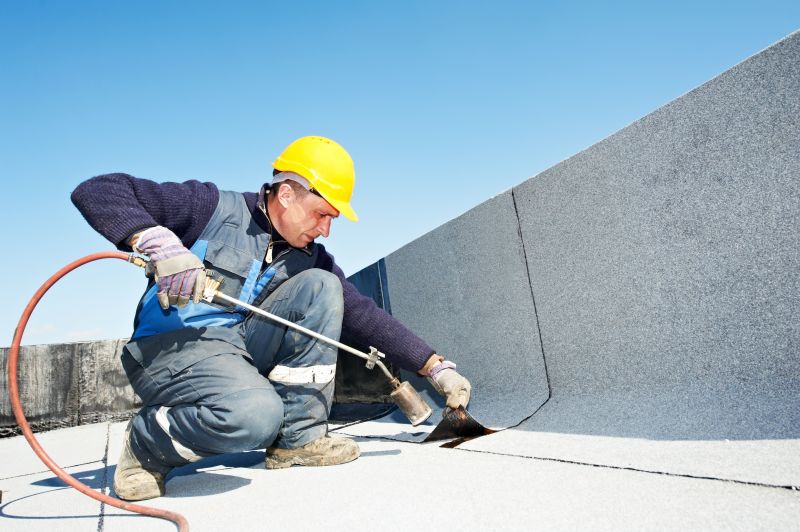
A 60-second routine that keeps Waterproofings looking new.
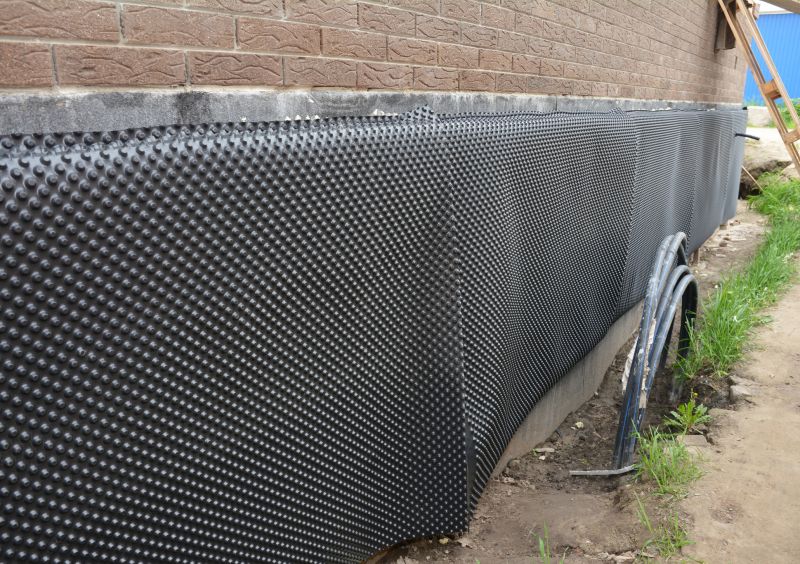
A frequent mistake in Waterproofings and how to dodge it.

Small tweaks to make Waterproofings safer and easier to use.

Lower-waste or water-saving choices for Waterproofings.
Those interested in waterproofing services are encouraged to contact for further information. Proper timing and application techniques are crucial for ensuring long-lasting protection against water damage.

